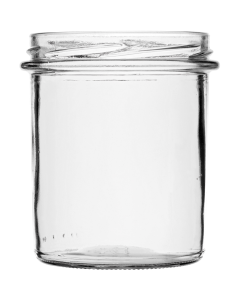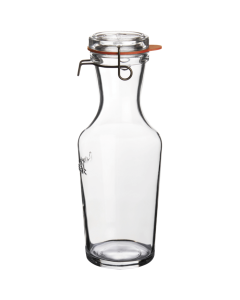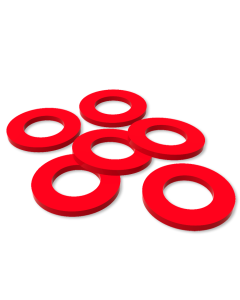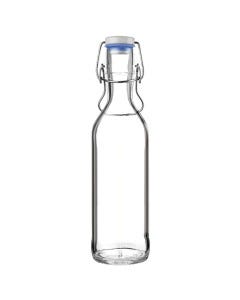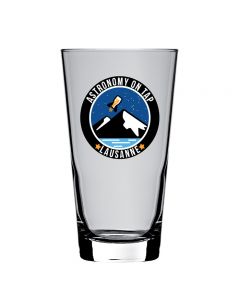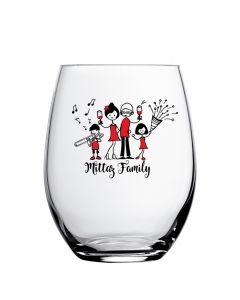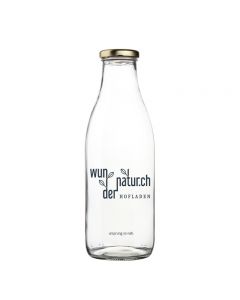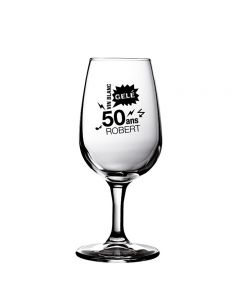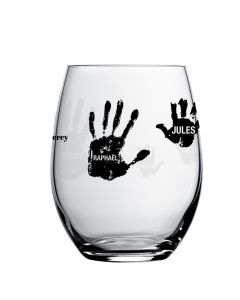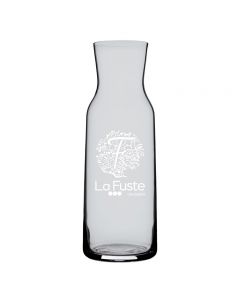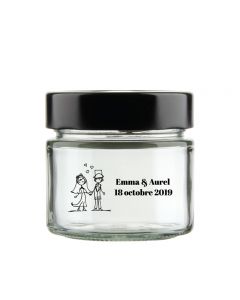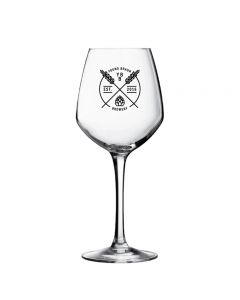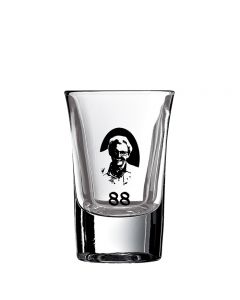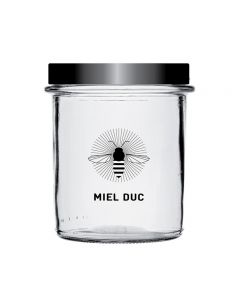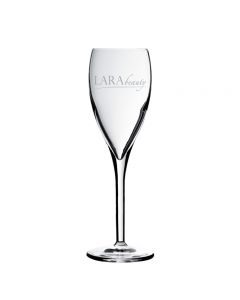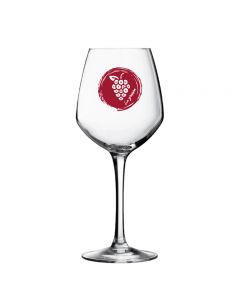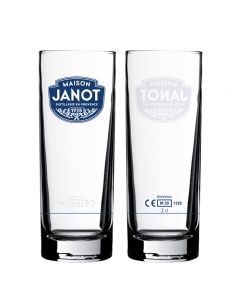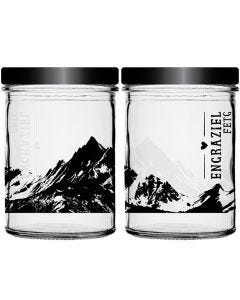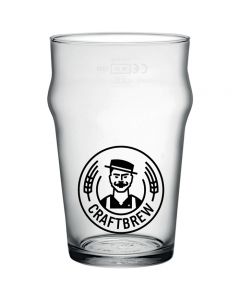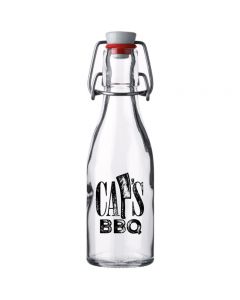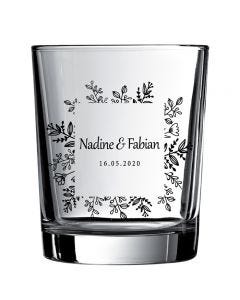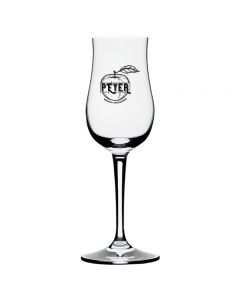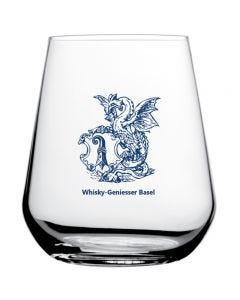At Glassmania, sustainability is important. That's why we give you all the tips you need to keep your glasses and your printed design looking great for longer.
Quick tips: How to use and wash customised glasses
- Wash the glasses before using them for the first time.
- Make sure that the glasses do not touch each other in the dishwasher.
- Add non-abrasive dishwashing liquid.
- Use the "glasses" setting (max. 50°C)
- Close the dishwasher as soon as it is finished.
- Allow the glasses to cool before handling them.
5 tips explained step by step
Glassmania offers you valuable tips for every situation in the life of your glass.
Once you receive your order
- Carefully unpack the jars and recycle the cardboard box and protective paper.
- Rinse your glasses before use.


In the dishwasher
- Rinse your glasses with clean water.
- Be careful that the glasses do not touch each other to avoid possible stains.
- Add dishwashing liquid and shine liquid.
- Personalised printed glasses like non-aggressive detergents.
- Soft water removes marks better than hard water. The softer the water, the less detergent is needed. Adjust the dosage according to the water hardness of the local conditions.
- Use the "Glasses" programme (max. 50°C) and a short rinse cycle.
- Once the programme is finished, do not open the dishwasher completely so that the hot steam can escape. This prevents the formation of drying marks.
- Allow the glasses to cool before use.
- Wipe your glasses with a clean cloth to avoid limescale residue.


During the cooking process
- All certified glass packaging can be heated in the microwave and oven.
- Never use metal objects in the microwave.
- Read the operating instructions for each product.


In the freezer
- When freezing, leave 10% of the jar empty so that nothing leaks in the freezer compartment.
- When defrosting, place the jars in the refrigerator to avoid thermal shock (+/- 40°C).


When preserving
Pasteurisierung
- Wash and preheat your jars, seals and disposable lids before use.
- Pasteurisation is easily done with a pot of water or a "steriliser" with a thermostat (75°C).
- Store at a low temperature.
Sterilisation
- Choose lids that are suitable for high temperature sterilisation.
- Wash and preheat your jars, seals and disposable lids before use.
- Sterilisation is carried out with a pressurised device that can reach a temperature of 116-140°C.
- Store at room temperature.
In general, you should make sure that your jars are filled correctly:
- The fill level is indicated on the technical drawing of your jar, or fill it up, making sure to leave a 10% gap.
- The fill level is always indicated for a temperature of 20°C.
- When filling, make sure that all filling heads work properly to guarantee the volume defined in the technical drawing.
- Temperature shocks are to be avoided (maximum 40°C).
- Bottles like to be stored vertically.


A few more tips...
What you need to know about drinking glasses
- All drinking glasses are suitable for all drinks on the table.
- A temperature difference of 40°C should not be exceeded.
- Discard if cracked or visibly defective.
- The CE seal is a marking that indicates the volume of beverage contained in a glass. It is necessary for the sale of drinks in bars and restaurants.*
*Only certified decorators from an accredited body may affix CE seals. For this purpose, Glassmania/Univerre has been certified by METAS (Federal Office of Metrology) to comply with the new marking standards. The size and arrangement of the markings as well as the tolerances are specified, but not the colour.
All about preserving jars and bottles
- The jars and bottles are 100% recyclable.
- Ideal for unpackaged shopping and environmentally conscious storage of food and/or cosmetics.
- Glass does not change the taste of food.
- Discard if cracked or if there are visible defects.
- Only certified bottles are suitable for carbonated drinks such as lemonades, kombucha, kefir, etc.
All about caps and lids
-
The caps are for single use only.
-
There are no universal capsules or lids. Choose a capsule that fits your glasses with the same twist-off size.
-
The headspace is the volume between the capsule and the product, it is needed as compensation space for the steam and as expansion space for the product during heat treatment.
-
The recommended headspace is 7% of the total volume of the container.
-
The lids must not be placed in the microwave or oven.
All about glass food storage containers
- Glass food storage containers can be used
- in the microwave without a lid.
- in the oven without a lid.
- Your food storage containers can be placed in the oven or microwave to reheat food, making sure that the plastic lid is removed. The temperatures are indicated on the item specification.
- In the freezer (empty space requirement 10 %).
- Dishwasher safe.
- To save storage space, you can stack the boxes. (maximum: 2 boxes)
All about Pure Bottle Bottle
- Pure Bottle bottles are suitable for all drinks.
- Make sure that you do not exceed a maximum of 4 g/l CO2 for non-alcoholic drinks. The Pure Bottle is not suitable for carbonating machines, for example.
All about glass straws
- Be careful when handling glass straws. They are very strong, but not unbreakable.
- You can rinse the glass straws with water directly after use or wash them in the dishwasher.
- If there are cracks or visible defects, you must dispose of them.
- Make sure that glass straws are out of the reach of children.










